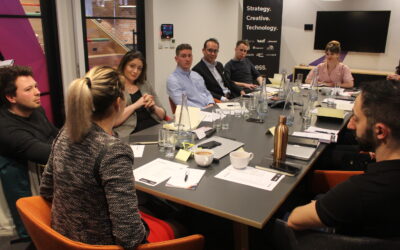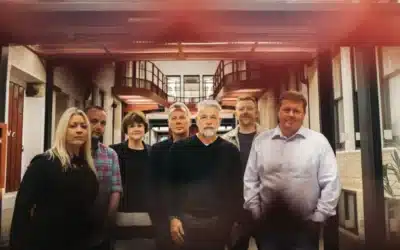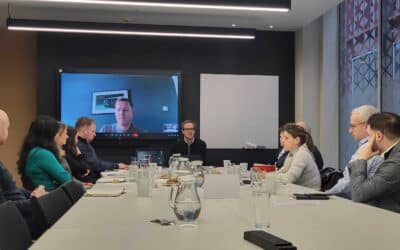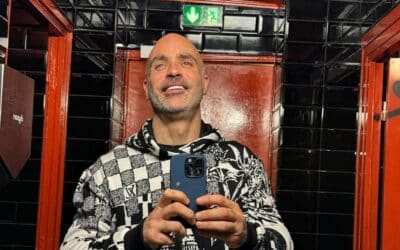Review: Prolific North Roundtable Discussion – The Over 50s, underrepresented or misrepresented?
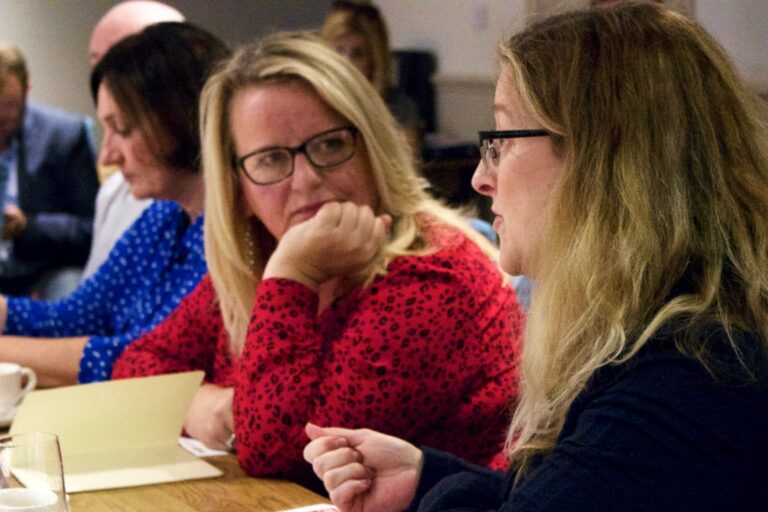
-
by Josh Peachey
Subscribe to the Prolific North Daily Newsletter Today!
Want all the latest content from Prolific North delivered direct to your inbox daily? Of course you do!

In 1951, there were 270 centenarians (aged 100) and by 2030, there’ll be 45,000.
With the majority of marketing agencies using a 28-year-old as their target audience, questions are being raised by many about why, as an industry, marketing often fails older audiences when in reality, they are the ones who possess most of the wealth.
Very often, the over 50s are grouped as one audience, despite the vastly different lifestyles between 55-year-olds and 80-year-olds. Why is this? What can be done to fix it? Is it actually useful to categorise by age when marketing products? These are the sort of questions that the latest Prolific North roundtable sought to answer.
Survey research conducted in the run-up to the event revealed that 38.4% said the representation of over 50s in marketing was negative and more than 40% could not name an advert that positively portrayed that age group. Click here to read the analysis of that survey.
Chaired by Nick Jaspan, Publisher, Prolific North
Co-host: Sally Winfield, CEO of Accord Marketing and Chair of the Mature Marketing Association.
Attendees:
- Csilla Balint, Momentum Pensions Ltd, Group Marketing Manager
- Diane Burton, Oddfellows, Senior Marketing Officer
- Lucy Boland, Accord Marketing, Agency Director
- Andy Crane, Greatest Hits Radio, Radio Presenter
- Zoe Cuthbertson, Aldermore, Head of Marketing (Savings)
- Suzanne Noble, Advantages of Age, Co-founder
- Andy Rowbotham, Plumbs Upholstery, Data Marketing Manager
- Sally Winfield, Chair of the Mature Marketing Association (MMA)
- Tracy Archer, Pure Cottages, Group Sales & Marketing Director
- Eve Pincus, TSA, Comms & Marketing Manager
After Nick Jaspan (Prolific North) welcomed everybody and provided a brief introduction, Sally Winfield (MMA) talked about the Mature Marketing Association’s objectives. She kickstarted the conversation by stating that 33% of the UK population is over the age of 50 (23 million) and they hold 80% of the disposable income, a clearly lucrative market containing the richest pensioners in history. “They’ve profited from property values, free university education, social mobility and decent pensions in the main.”
Nick followed Sally’s statistics by talking about a Saga Magazine interview with Al Pacino, and the controversial placement of a Stannah Stairlift advert next to it, noting that even an organisation dedicated to servicing older audiences sometimes struggles with defining different aged audiences in the over-50s bracket.
Sally (MMA) said that Saga has been a really successful brand for their audience but that it was stuck in the over-70s market, desperately trying to come down the age brackets. A 50-year-old that’s working is vastly different to a newly-retired 63-year-old, which is also different to an 80-year-old. The first mistake that brands make is that it’s a one-size-fits-all marketing mantra.
Andy Crane (Greatest Hits Radio) said Saga holidays were known as holidays for older people. When Saga Radio was sold to another media group, they changed the name and called it Smooth Radio. Although it was doing quite well, when they wanted to sell it as a national concept to agencies, it was given a new name.
Sally said: “Nowadays, a 70-year-old doesn’t actually want to spend their time with a load of other 70-year-olds,” mentioning that when she went on a cruise with her 78-year old mother, her mother said that there were a lot of old people around, which was met by laughter from the table.
Tracey Archer (Pure Cottages) said that she similarly didn’t want to be surrounded by people of her age and enjoyed chatting to her teenage children’s group of friends.
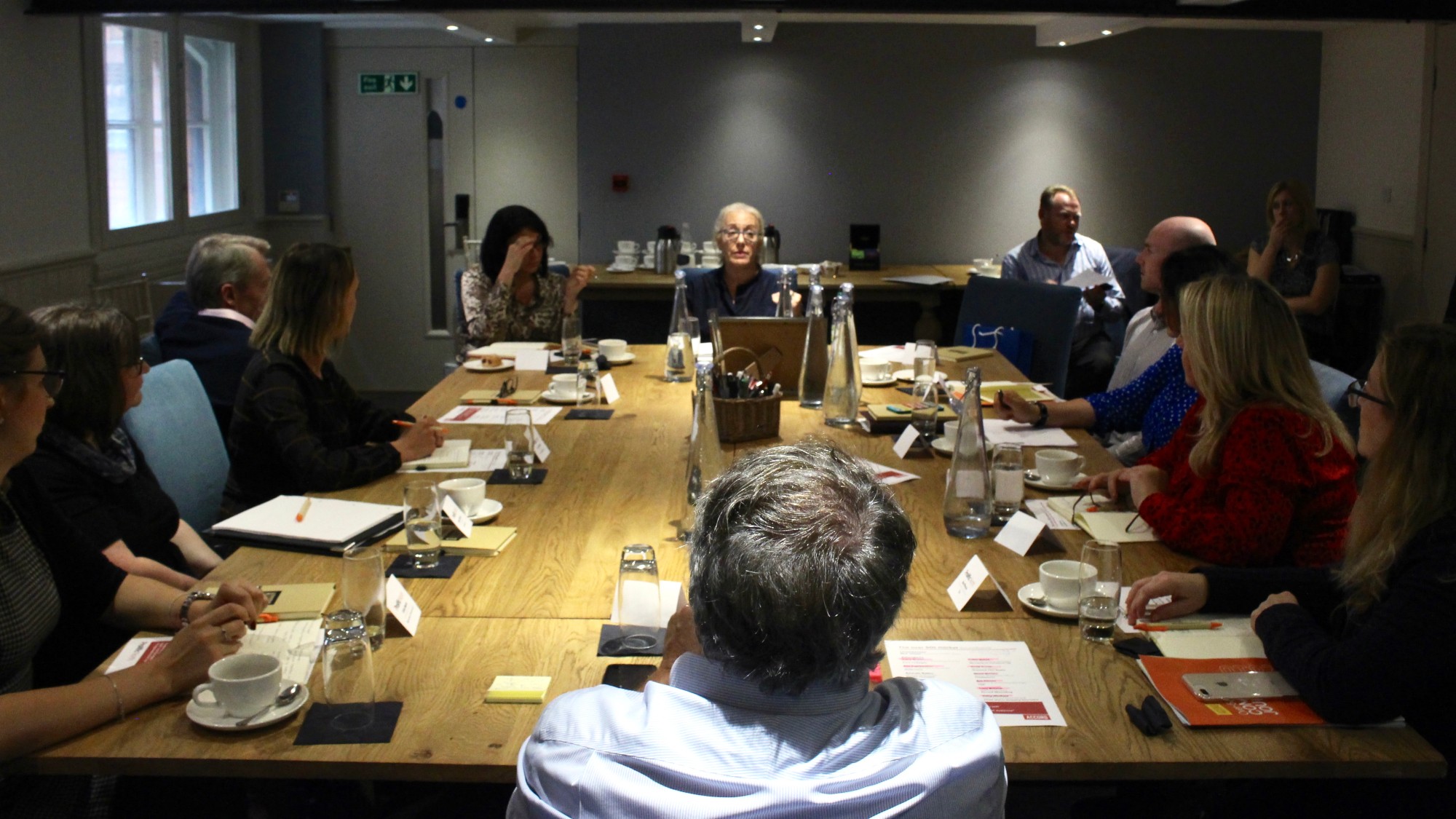
Suzanne Noble (Advantages of Age) responded by saying that one of the things Tracey highlighted was that talking about people by their generations is now becoming very problematic generally. “Dividing people by Gen X, Gen Z, perennials and Millenials is not moving any of us into a place where we feel comfortable. When we talk about age divisions, the first thing I hear is ‘I don’t want to be associated with that’.”
Nick Jaspan shared a quote from the survey run on Prolific North in the run-up to the roundtable: “Older people are simply younger people in older packaging. We have the same sense of humour, I’m the same person I always was just with different life challenges,” met with agreement from around the table.
Eve Pincus (TSA) followed that by saying: “We’re so much closer to our children’s generation than I was to my parents’ generation. We listen to the same music, we shop in the same clothes shops.” She said that the fact marketers haven’t picked up on this was “astounding”.
Andy (Greatest Hits Radio) questioned whether that’s a reflection of the employment of marketers and the age that they come into the business.
Zoe Cuthbertson (Aldermore) said that she’s been senior in marketing for 14 years, having started out in Littlewoods and catalogues. “That was then normal. While I was there, there was all of a sudden a huge commotion over the fact the retailer is now 80% online. Panic.” She pointed towards the evolution of tech that has changed massively, which could be putting some division between age groups.
Tracey spoke about how the brochures for the holiday cottages her industry puts out now are far more experience-based than just information about a cottage. Multiple voices around the table agreed that as long as the tool intrigues the reader enough to visit the website, then it has done its job.
Andy Rowbotham (Plumbs Upholstery) said that the content Plumbs put out tended to be quite wordy, agreeing with the research suggesting that over-60s love information, because their target market enjoyed reading.
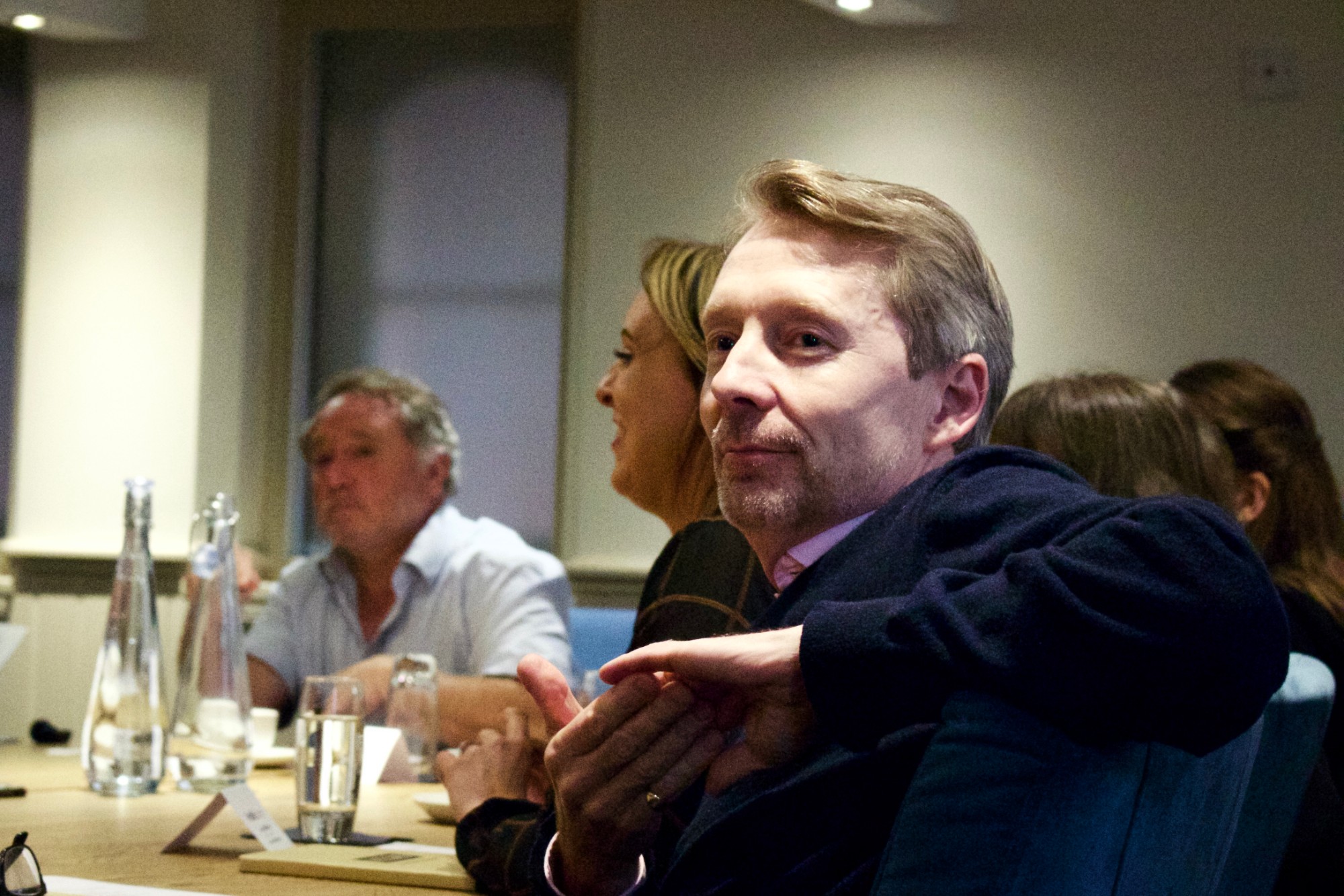
Eve (TSA) said that their generation was used to reading long reams of information when they were at school for comprehension tests. She said that her children now really struggle with that because they’re used to quick soundbites, and flicking through stuff online. “We should bear in mind that when we are marketing to 50 and 60-year-olds, they do have the patience.”
Suzanne (Advantages of Age) added that they had recently had a bunch of students redesign their website and go ask people over 60, what they thought. The main takeaway for them was that they hate scrolling down. “The accessibility issue is huge. When people consider websites, they don’t often consider accessibility enough in terms of colour contrast and how older people use the web.”
Csilla Balint (Momentum Pensions Ltd) believed education is a vital thing to focus on with changing methods. “We cannot just expect older people to understand how it works and how it’s meant to be. It seems to work a lot better if that guidance is there.” She also compared how scrupulously the industry segments younger audiences with the over-generalisation of people over 50.
Andy Rowbotham (Plumbs Upholstery) said that they take a lot of third-party inserts into their mailings and they’re inundated with mobility brands and funeral plans, but there are commercial demands that the company needs to fill the space.
After Tracey detailed how her company’s latest flyer was filled with advertorials instead of just adverts, Andy Crane questioned whether people now preferred adverts the go further than just what a product is.
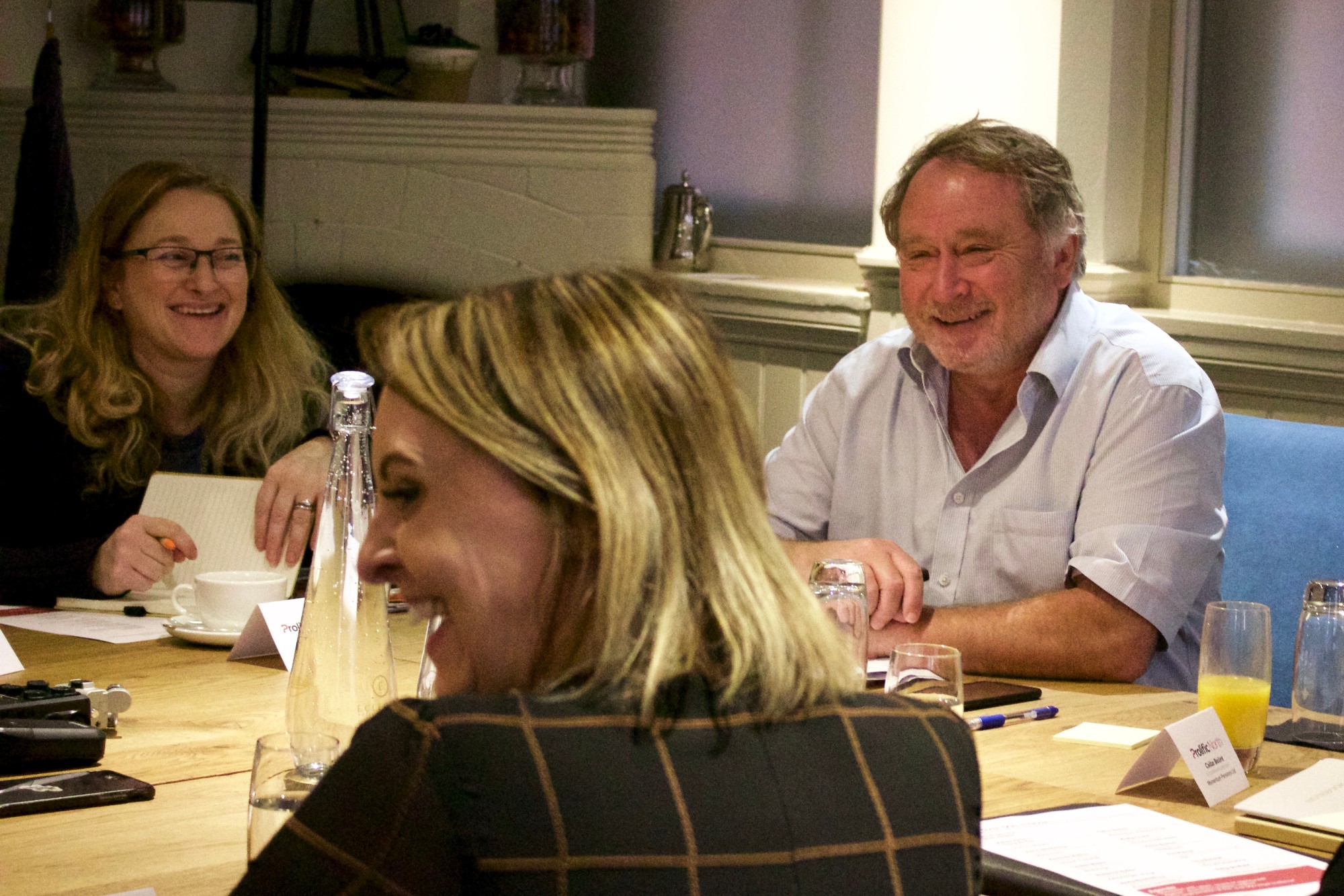
Sally Winfield agreed that audiences now want to have “authentic advertising”, that represents them. She used the examples of beauty ranges that proudly state that their celebrity endorser is 63, but who doesn’t actually look like a normal 63-year-old because she has no wrinkles. “Then again, there is a part of me that wants to be aspirational but you have to get that balance right with authenticity. Brands are struggling with that.”
Going back to the issue of whether advertising behaviours have changed, Zoe (Aldermore) said that the ability to advertise that has massively changed. “If I want some information, I will speak to someone I trust. Older audiences seek their own information and ask around. Advertising doesn’t resonate with them as much because it’s not how they are used to finding information. It’s not what they grew up with.”
Diane Burton (Oddfellows) shared how they had recently changed the way they advertise through adding advertorials that are “based on real-life member stories about what a difference it [their product] has made to their lives.”
Tracey discussed the preliminary steps that her target audience needs to go through before it occurs to them to use Pure Cottages, such as the region, the activities and the experiences that they want.
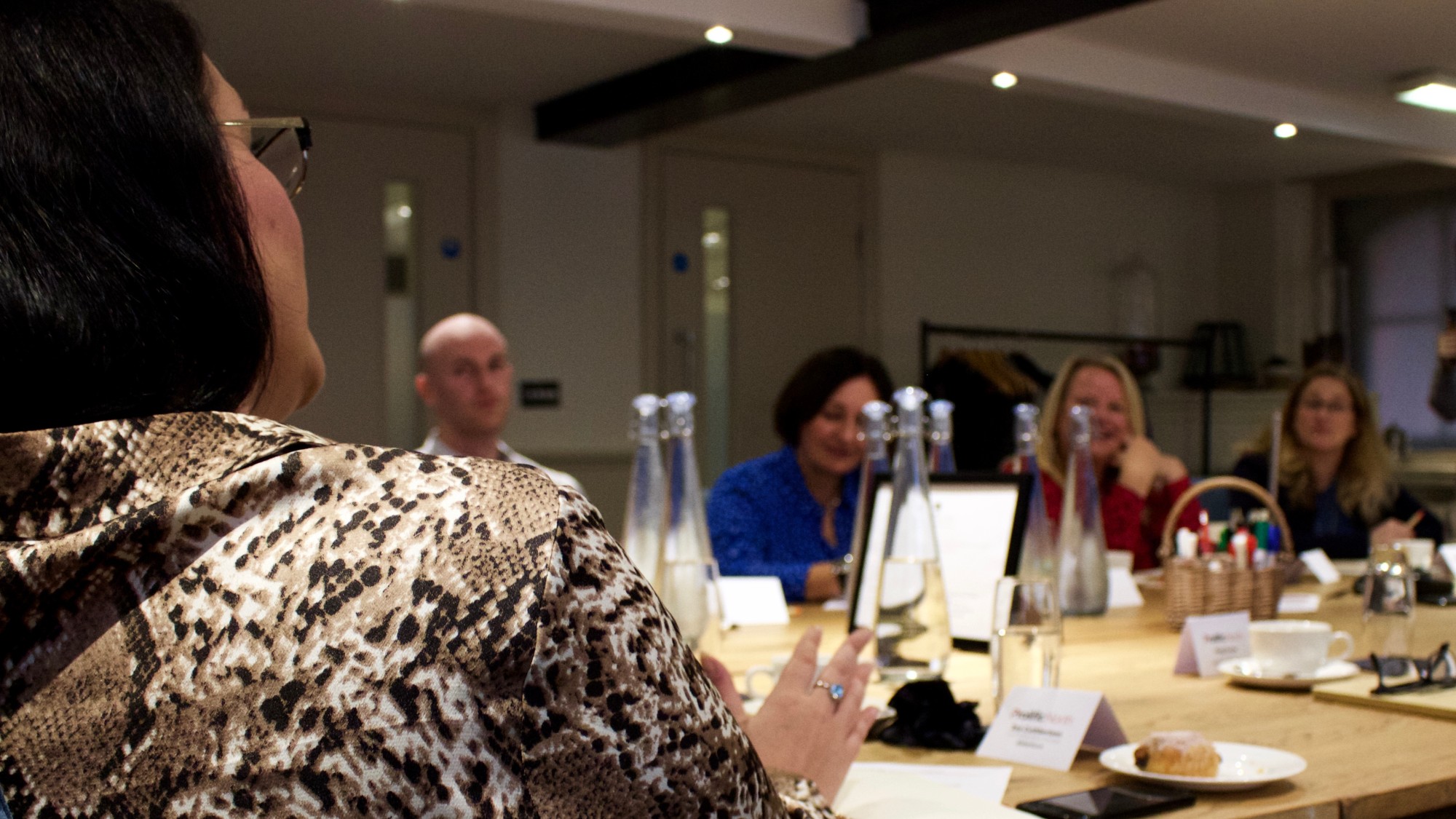
Nick Jaspan (Prolific North) asked Andy Rowbotham about his experiences of segmenting between different aged audiences over 50, who responded by saying that they predominantly target over-65s. “But increasingly, there are pockets of younger generations who Plumbs needed to pay more attention to.”
Andy Rowbotham spoke about the different methods of advertising their sofa products, for which he is responsible for the mailing side. “We contact them monthly and if we catch them once, we might see them ordering again every few years. Digital is now half of our leads, which would have been unheard of 10 years ago.”
Andy Crane asked the table whether there was anybody who considered radio adverts a viable advertising option, saying that the vast majority of the population listen to the radio for a couple of hours a week. Tracey said that it’s about painting pictures with words and radio might do a better job than just operating on social, also noting that reliance on PPC was uncertain because it gets increasingly more expensive.
Sally Winfield (MMA) said that radio has to sell radio. “All brands have to have branding. You can read any marketing guide now, it’ll say that brands have to spend on branding because it’s such a competitive market.”
Zoe (Aldermore) mentioned the intricacies of language in advertising, whether it be on the radio or through keyword search, stating how it differs between age groups. “We are both personal and business savings so we’re now looking at how we can exploit different use of language to see how we can make it fit for different audiences.”
Nick Jaspan (Prolific North) asked how the UK is dealing with ageism, compared to sexism and racism, pointing towards youth in ad agencies.
Tracey (Pure Cottages) said it was a difficult dilemma. A traditional marketer in her team the same age as her costs her double what a 24-year-old does, but actually the younger worker can cover more ground and understand the digital landscape. “I would rather have two of my 24-year-olds who are well-managed and briefed rather than the more expensive, less modern approach.”
Suzanne (Advantages of Age) warned that the statistics show a third of over-50s are being swept out of the workforce every year, the reason being that they are not being upskilled or retrained. “It’s endemic ageism and it’s the last social prejudice. We’re all going to get there.”
She also noted that, after speaking to people herself, many would take a cut in salary to keep the job because of the sense of purpose it gives them. She questioned what was going to happen to “such a huge demographic that is being swept out of the workforce”.
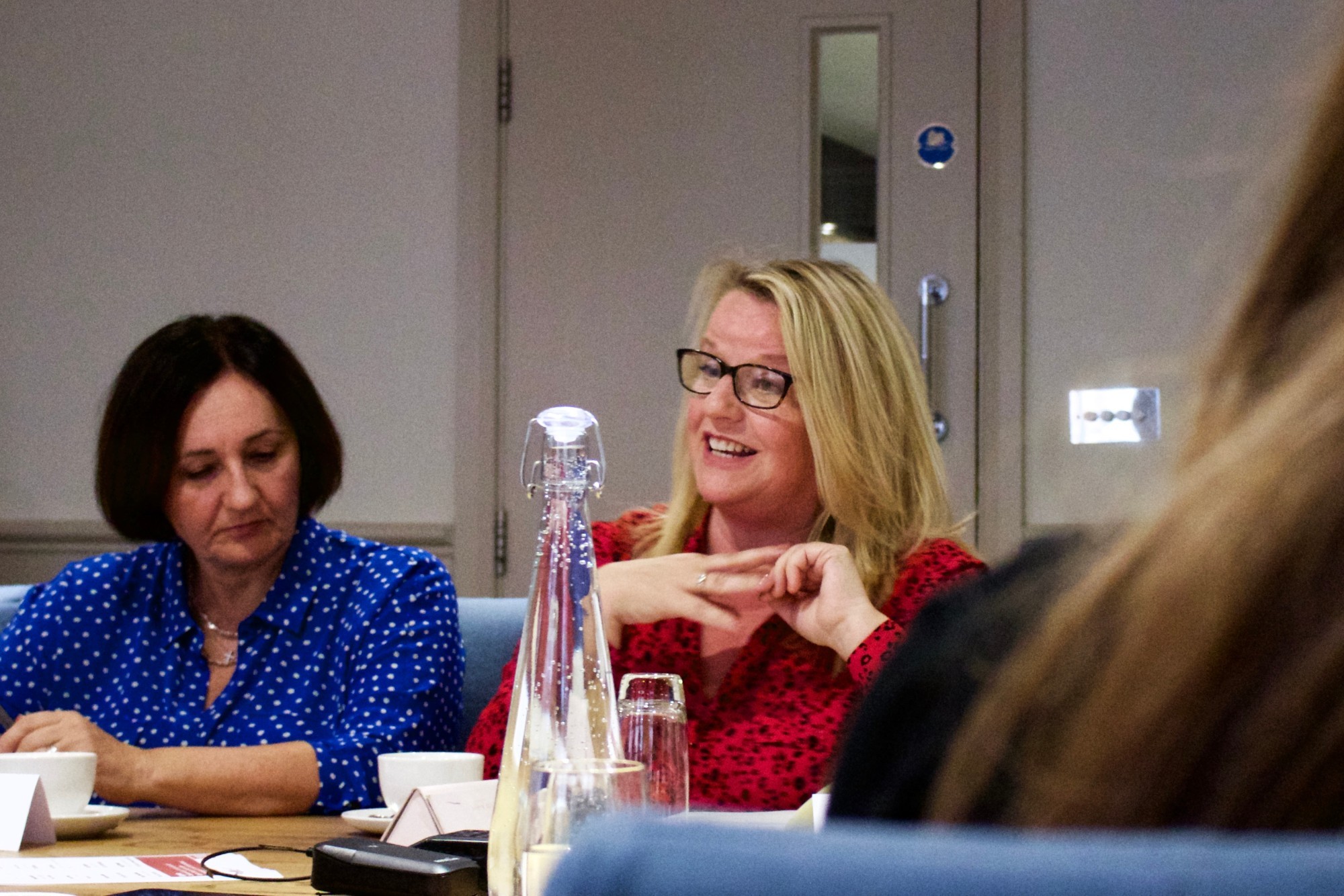
Sally Winfield argued that companies must recruit on talent, retain on talent, and a mix of ages in a company is something we should see more of.
Using the example of an apprentice that she took on, Zoe (Aldermore) pointed to the young workforce’s hunger to learn, and the ability to take in new knowledge, that amazed her. “As you progress through your career, you have to keep yourself relevant.”
Eve (TSA) disagreed that it was an age issue, referring to the women who take time out to look after young children or care for older parents, who have done a part-time MA and kept up their skills. “They are hungry and they want to stay relevant and a lot of doors are being closed to them.”
She also spoke about the returner programmes, which she believes are great, but said that it was just not enough. “We need more mixed teams, everyone should work together and feed off each other’s energy and experience.”
Tracey pointed out that “the older you are, the more money you want. Companies have a choice in front of them. In terms of creating content, young people get through it faster and are cheaper. Unfortunately, that is the commercial reality.”
Eve said that companies need to consider the fact that, after investing in recruitment costs, people in their 20s are the most disloyal. “The amount you spend on recruiting these damn people, they get what they need out of you and they’re off. However, if you bring somebody who’s maybe 25% more salary-wise, then you’ve got them. They’re loyal and they’re not going anywhere.”
Sally Winfield (MMA) said that whatever age group you choose to look at, you can see difficulties. “All of us are balancing our ambitions as businesses with the practicalities of a balance sheet and I don’t think any of us are very positive about what the next 12 months are going to be like.”
Suzanne spoke about a National Careers Service programme director who had struggled to find companies doing work at reintegrating over-50s back into the workplace.
Andy Crane said “If you google apprenticeships for over-50s, which I always do when my contract is nearing renewal – all I do is rabbit on, I have no skills – Barclays always comes up.” He believes that there are opportunities, but probably not enough.
Nick (Prolific North) wrapped up the talk by saying there is general optimism around the table. Whilst there are employment issues, advertisers are getting there slowly in terms of understanding how better to work with older audiences.



